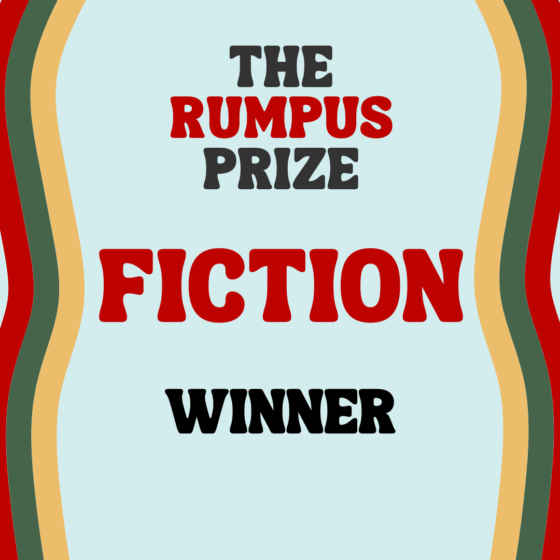The Blue
One will live to see the Caterpillar rut everything
they walk on—seacliff buckwheat cleared, relentless
ice plant to replace it, the wild fields bisected
by the scenic highway, canyons covered with cul-de-sacs,
gas stations, comfortable homes, the whole habitat
along this coastal stretch endangered, everything,
everyone, everywhere in it in danger as well—
but now they’re logging the one stilling hawk
Smith sights, the conspiring grasses’ shh shhhh ssh,
the coreopsis Mattoni’s boot barely spares,
and, netted, a solitary blue butterfly. Smith
ahead of him chasing the stream, Mattoni wonders
if he plans to swim again. Just like that
the spell breaks. It’s years later, Mattoni lecturing
on his struggling butterfly. How fragile.
~
If his daughter spooled out the fabric
she’s chosen for her wedding gown,
raw taffeta, burled, a bright-hued tan,
perhaps Mattoni would remember
how those dunes looked from a distance,
the fabric, balanced between her arms,
making valleys in the valley, the fan
above her mimicking the breeze.
He and his friend loved everything
softly undulating under the coyest wind,
and the rough truth as they walked
through the land’s scratch and scrabble
and no one was there, then, besides Mattoni
and his friend, walking along Dolan’s Creek,
in that part of California they hated
to share. The ocean a mile or so off
anything but passive so that even there,
in the canyon, they sometimes heard it smack
and pull well-braced rocks. The breeze,
basic: salty, bitter, sour, sweet. Smith trying
to identify the scent, tearing leaves
of manzanita, yelling, “This is it. Here! This is it!”
his hand to his nose, his eyes, having finally seen
the source of his pleasure, alive.
~
In the lab, after the accident, he remembered it,
the butterfly. How good a swimmer Smith had been,
how rough the currents there at Half Moon Bay, his friend
alone with reel and rod—Mattoni back at school
early that year, his summer finished too soon—
then all of them together in the sneaker wave,
and before that the ridge, congregations of pinking
blossoms, and one of them bowing, scaring up the living,
the frail and flighty beast too beautiful
to never be pinned, those nights Mattoni worked
without his friend, he remembered too.
He called the butterfly Smith’s Blue.
Camille T. Dungy is author of Suck on the Marrow, and What to Eat, What to Drink, What to Leave for Poison. She is editor of the poetry anthologies Black Nature: Four Centuries of African American Nature Poetry, and coeditor of the From the Fishouse anthology. She teaches creative writing at San Francisco State University.




